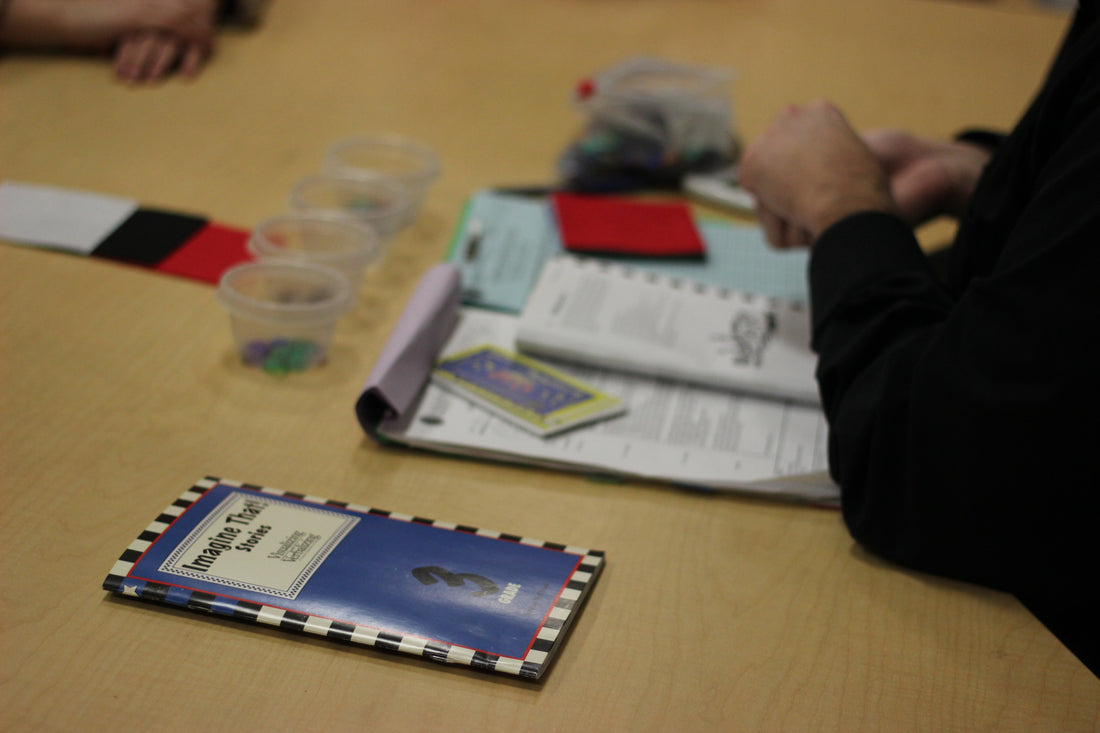Six Strategies to Improve Comprehension
Share

The Imagine That! Stories are a great supplement to the Visualizing and Verbalizing® program. They are also used with Seeing Stars® and LiPS® students to develop fluency and comprehension. These high-interest and engaging stories include graded reading levels to develop the imagery-language connection for listening and reading comprehension. Here are some helpful hints to improve comprehension with the Imagine That! Stories:
1. Practice both reading and listening comprehension, even for older students and students with decoding difficulties. Alternate between reading an Imagine That! story and having the student read the story. Students love the high interest, fun, and engaging content found in Fascinating People and Wonders of the Natural World.


3. Scaffold the lesson by introducing unknown vocabulary first. Show a picture of a new vocabulary term or do a quick Word Imaging activity to check that the student is visualizing the word.
4. Develop Higher Order Thinking skills by prompting the student. Refer to student’s key images from the text. Example: From everything you pictured, what do you predict will happen next?
5. Extend the lesson to address English Language Arts standards, such as asking students to cite evidence from text. You can prompt students to recall their images that support the evidence from the story.
6. Extend the lesson to a writing activity, where students use their imagery to create cue cards for each “chunk” of the story. The cue cards are then sequenced in an outline format and used to create a coherent written summary. A card will include the main idea (image) of each chunk along with the most important supporting details.
